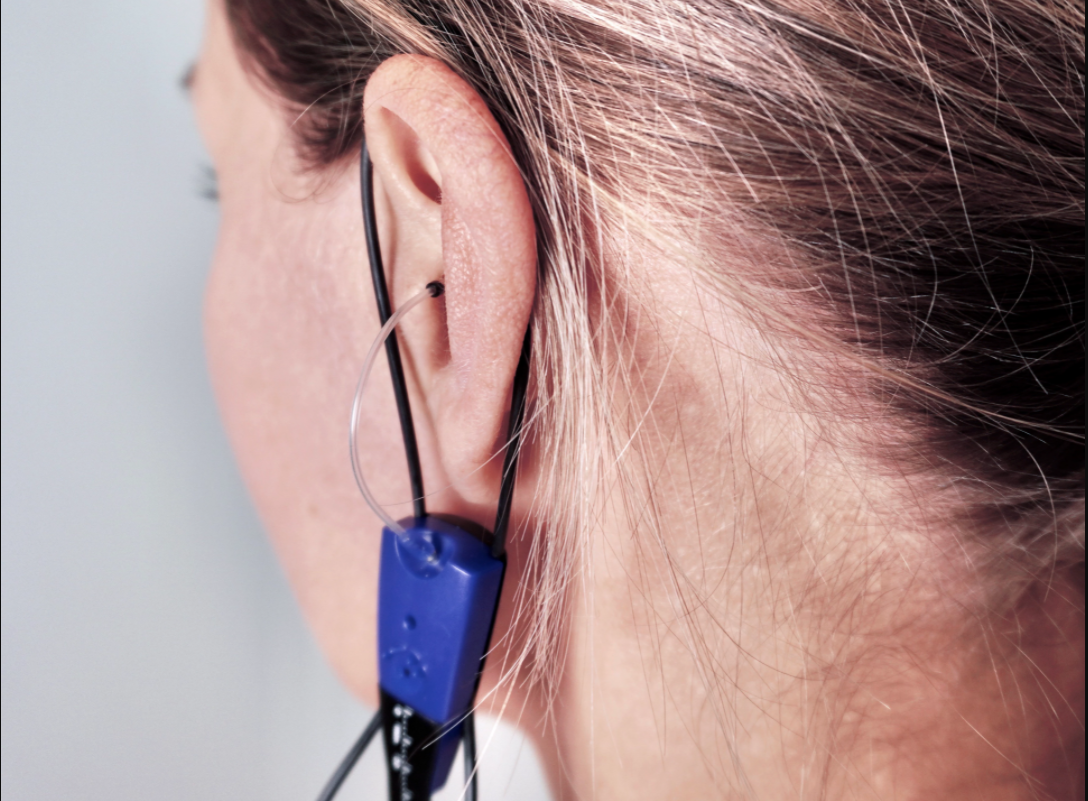What Is Real Ear Measurement?
Real Ear Measurement is a hearing aid fitting process whereby the audiologist measures your ear canal length and shape to find out which hearing aid would provide you with the best sound experience. This article explains this process in greater detail, while also providing information on different types of hearing aids that are available in the market today.
Introduction to Real Ear Measurement
An introduction to Real Ear Measurement (REM) would not be complete without first defining what REM is. According to the National Acoustics Laboratories, "Real Ear Measurement is a technique used to assess how well a hearing aid is working for an individual by measuring the output of the hearing aid in the ear canal of the person wearing it." In other words, Real Ear Measurement is an individualized assessment of how well a hearing aid is performing for the person wearing it. This technique takes into account the unique anatomy of each person's ear canal, which can impact how sound waves travel through the ear and are ultimately heard by the brain.
There are several benefits to using Real Ear Measurement when fitting someone for a hearing aid. First, it allows for a more precise fit since we are taking into account the unique anatomy of each person's ear. Second, it provides objective data that can be used to make changes to the hearing aid settings if needed. And finally, it ensures that the person wearing the hearing aid is getting the best possible performance from their device.
If you're interested in learning more about Real Ear Measurement or if you think this technique might be right for you, please don't hesitate to contact us. We would be happy to answer any questions you have and help you get started on your journey to better hearing health!
How Your Ears Work
Your ears are made up of three main parts: the outer ear, the middle ear, and the inner ear. Each part has a different job to do in helping you hear.
The outer ear is the part you can see and feel. It’s made up of the fleshy part called the pinna (or auricle), which collects sound waves and funnels them into your ear canal. The canal is a short, narrow passageway that leads to your eardrum.
The eardrum is a thin piece of tissue that separates your outer ear from your middle ear. When sound waves hit your eardrum, it vibrates. These vibrations are passed along to three tiny bones in your middle ear called the malleus, incus, and stapes (also known as the hammer, anvil, and stirrup).
These bones amplify the vibrations and pass them along to the cochlea, a snail-shaped structure in your inner ear. Inside the cochlea are tiny hair cells that convert these vibrations into electrical signals. These signals travel through nerves to your brain where they are interpreted as sound.
What Happens When You Hear?
When you hear a sound, your ear transforms the pressure waves of the sound into tiny vibrations. These vibrations travel through your middle ear and cause your eardrum to vibrate. The vibrations are then passed on to three tiny bones in your middle ear (the malleus, incus, and stapes), which amplify the sound and send the vibrations to your inner ear.
In your inner ear, there is a fluid-filled cochlea that contains thousands of hair cells. As the vibrations from the bones in your middle ear reach the cochlea, they cause the fluid inside to ripple and bend the hair cells. This bending action causes electrical impulses to be generated in the hair cells, which are then sent to your brain via the auditory nerve. Your brain decodes these electrical impulses and interprets them as sound.
When Can You Hear Better?
There are two main times when you can hear better with Real Ear Measurement. The first is when an audiologist is fine-tuning your hearing aid. They’ll use a probe tube to measure how well sound is being amplified at different frequencies and make adjustments accordingly.
The second time you might benefit from Real Ear Measurement is when you’re having trouble understanding speech, even with your hearing aid. In this case, the audiologist will again use a probe tube to see how well sound is being amplified at different frequencies. But they’ll also look at how well you’re able to understand speech at different levels of loudness. This information can help them identify whether your hearing aid needs to be adjusted or if you need a different type of hearing aid altogether.
Consequences of Hearing Loss
several consequences can arise from hearing loss, some of which may be severe. If left untreated, hearing loss can lead to a decline in cognitive function, communication difficulties, social isolation, and depression. In extreme cases, hearing loss can even lead to dementia. Treatment for hearing loss is essential to prevent these negative consequences from occurring.
Conclusion
Real ear measurement is an important tool for hearing care professionals to use when fitting patients for hearing aids. This type of measurement allows the provider to ensure that the hearing aid is providing the patient with the best possible sound quality and amplification. If you are considering a hearing aid, be sure to ask your provider if they offer real ear measurement services.
Visit Us @ Top Rated Audiologists Near you



Comments
Post a Comment